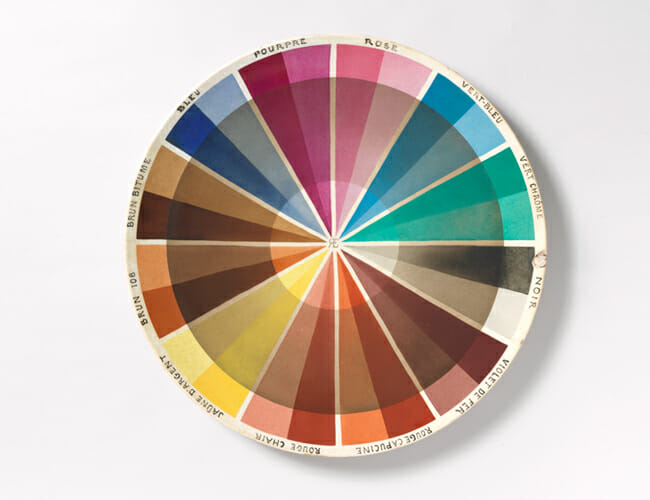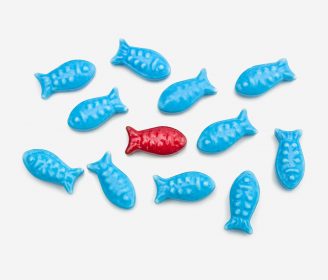How to Differentiate Your Brand in a Sea of Me-Too Competitors
Everyone in branding relishes that aha moment when research reveals a point of difference from which a compelling and differentiated brand can be built. It’s the discovery of something unique that the company or product can confidently claim as its own. But what if such a difference doesn’t exist? What if a company…




